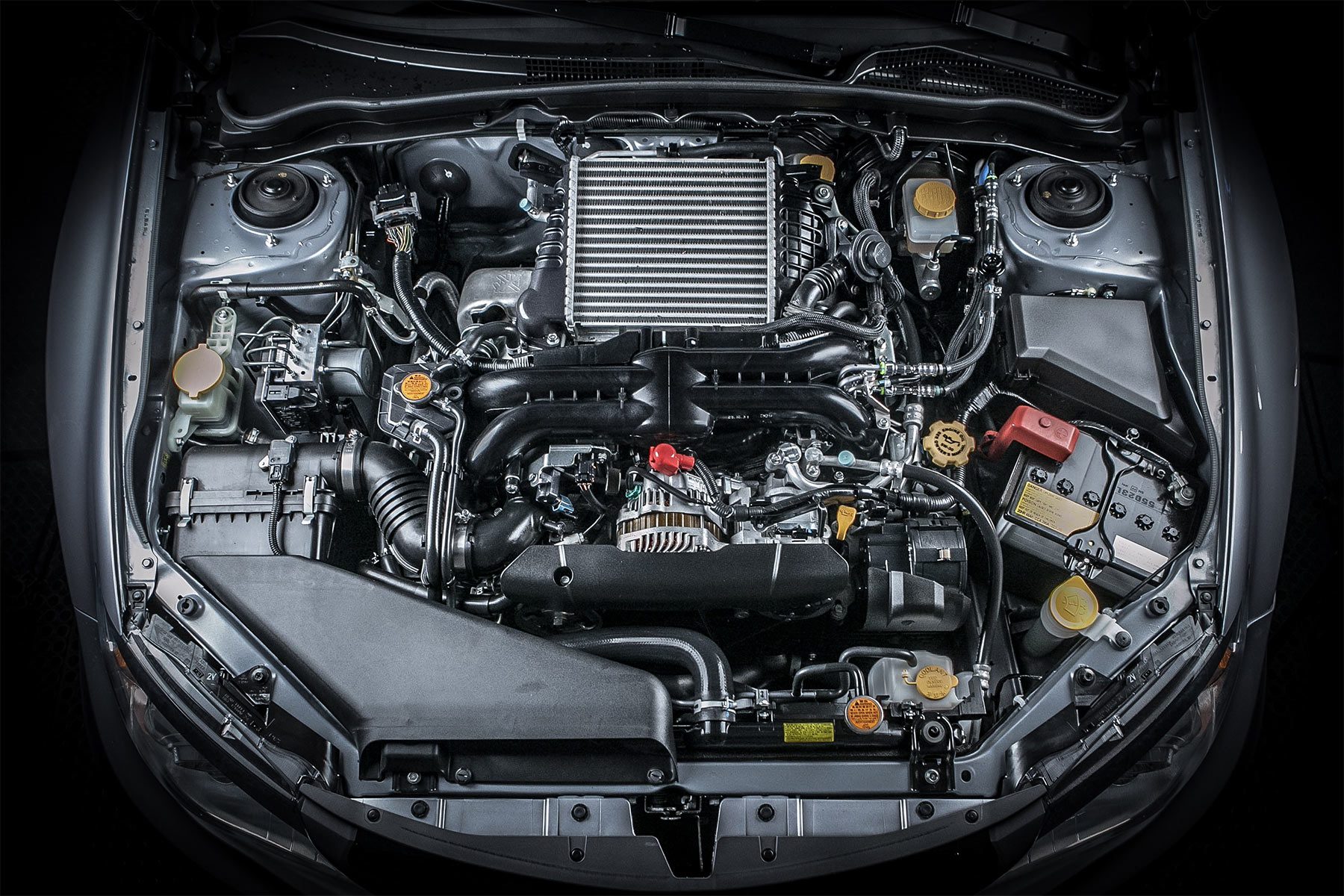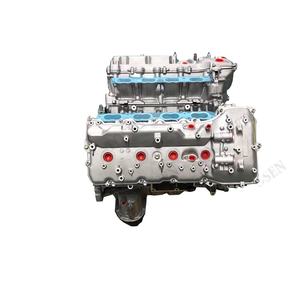Opel Corsa Engine: Common Issues and Just How to Fix Them
Opel Corsa Engine: Common Issues and Just How to Fix Them
Blog Article
Discovering the Inner Functions of a Compact Automobile's Engine System
As drivers, we commonly take for granted the elaborate procedures that occur within the boundaries of our car's engine system. In this exploration of a portable vehicle's engine system, we will certainly unwind the inner operations of this mechanical harmony, dropping light on the secrets that drive us forward on our daily journeys.
Burning Refine Introduction
The combustion procedure in a compact vehicle's engine system is a vital system that effectively converts fuel into power to power the vehicle. This procedure happens within the burning chamber of the engine, where gas and air mix, stir up, and produce regulated explosions. The burning procedure includes four primary phases: intake, power, exhaust, and compression.
Throughout the consumption phase, the piston moves downward, attracting a combination of air and gas right into the combustion chamber. The next phase, compression, involves the piston relocating upwards, compressing the air-fuel mix to increase its effectiveness. Consequently, in the power stage, the spark plug sparks the compressed mix, leading to a rapid growth of gases that forces the piston back down. This downward movement generates the power required to drive the automobile. In the exhaust stage, the burnt gases are removed from the burning chamber via the exhaust shutoff, preparing the chamber for the following cycle. This cyclic burning procedure is essential to the procedure of a compact lorry's engine system, making certain reliable power conversion for propulsion.
Piston and Cyndrical Tube Interaction

The piston's exact fit within the cylinder is important for maintaining optimal compression and avoiding power loss during combustion. Tight clearances in between the piston and cylinder wall surfaces ensure efficient sealing, allowing the piston to move smoothly without permitting gases to leakage past. Correct lubrication is also crucial to minimize rubbing and use in between these elements, boosting long life and efficiency.
Furthermore, the style and materials utilized in producing the piston and cylinder impact engine effectiveness and resilience. Modern engines frequently use lightweight yet sturdy materials like light weight aluminum alloys for pistons and cyndrical tube linings to decrease inertia and boost thermal performance. Generally, the harmonious communication in between the piston and cylinder is fundamental to the engine's performance and general efficiency.
Fuel Injection System Capability
Fuel shot systems in small car engines play a critical function in exactly providing fuel to the combustion chamber for efficient and controlled ignition. The gas injection system functions by injecting fuel into the combustion chamber at the ideal Full Article moment throughout the engine's procedure (opel corsa engine). This accurate timing guarantees that the gas mixes equally with the air for correct burning, bring about improved gas efficiency and lowered emissions
There are mostly two kinds of fuel shot systems utilized in small vehicle engines: port gas shot (PFI) and straight gas injection (DFI) PFI systems inject fuel into the intake port prior to the consumption shutoff, while DFI systems infuse gas straight right into the combustion chamber. Both systems have their benefits, with DFI providing much better gas atomization and PFI giving a much more economical option.
Understanding Engine Air Conditioning Systems
Effective procedure of a compact car's engine relies heavily on the effectiveness of its cooling systems. The cooling system in a small car typically consists of a number of parts functioning with each other to regulate the engine temperature. Comprehending these engine cooling systems is vital for keeping the efficiency and durability of a small car's engine system.

Exhaust System Elements Explained
The ideal performance of a small car's engine cooling systems relies on a corresponding system called the exhaust system, which consists of numerous crucial elements for making certain reliable discharges and engine performance. The exhaust system includes parts such as the exhaust manifold, catalytic converter, muffler, and tailpipe. The exhaust manifold accumulates exhaust gases from the engine's courses and cylinders them to the catalytic converter. The catalytic converter after that transforms damaging toxins in the exhaust into much less harmful exhausts before releasing them through the muffler and tailpipe.
One essential component of the exhaust system is the oxygen sensing unit, which keeps an eye on the oxygen degrees in the exhaust gases to help manage fuel consumption and guarantee optimal engine performance. opel corsa engine. Additionally, the resonator may be existing in some exhaust systems to decrease noise levels. On the whole, the exhaust system plays an important function in preserving engine efficiency, reducing dangerous emissions, and guaranteeing a quieter driving experience for small automobile proprietors

Final Thought
To conclude, the compact car's engine system is an intricate this contact form combination of components that collaborate to help with the burning procedure, convert gas right into energy, and eliminate waste gases. Recognizing the inner operations of the engine system, consisting of the piston and cylinder communication, gas shot system, engine air conditioning systems, and exhaust system components, is vital for preserving optimal performance and efficiency of the car.
The burning process in a portable automobile's engine system is an essential device that successfully transforms fuel into energy to power the automobile.Gas shot systems in compact lorry engines play an important duty in exactly delivering gas to the burning chamber for efficient and controlled ignition.There are mainly 2 types of fuel injection systems utilized in portable vehicle engines: port fuel injection (PFI) and direct fuel shot (DFI) Comprehending these engine cooling devices is essential for preserving the performance and long life of a small lorry's engine system.
The optimal performance of a portable car's engine cooling mechanisms depends on a complementary system known as site link the exhaust system, which consists of numerous crucial elements for ensuring efficient exhausts and engine performance.
Report this page